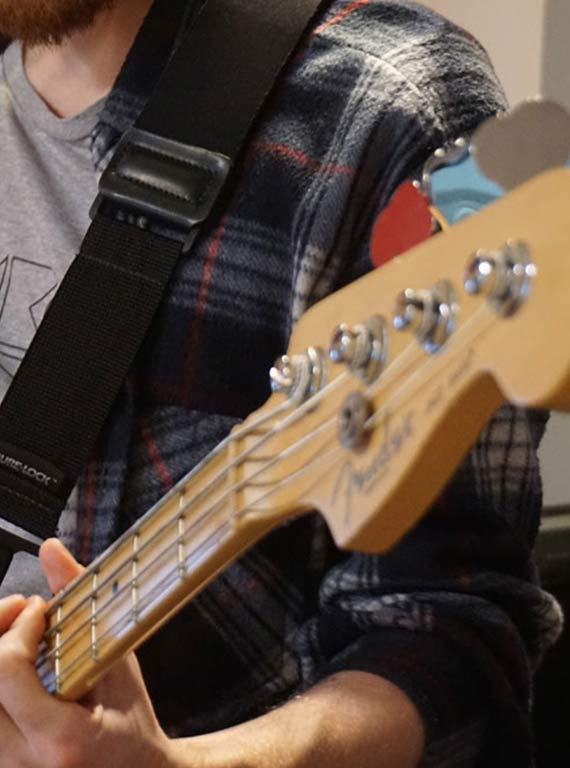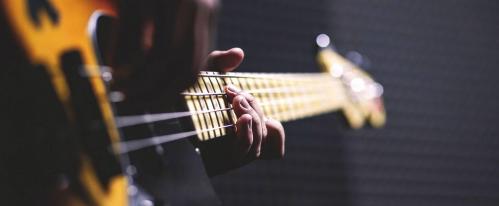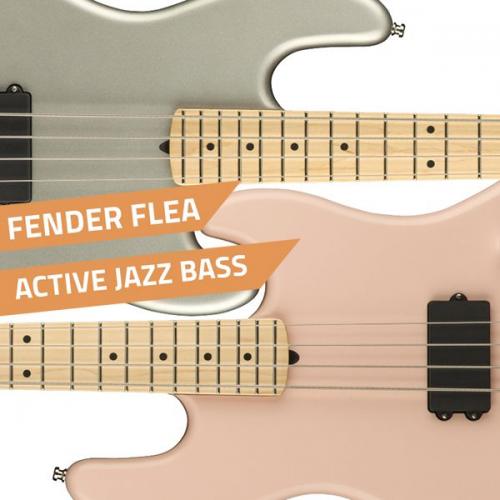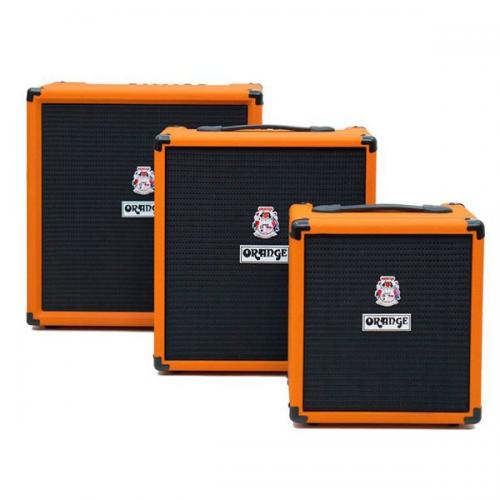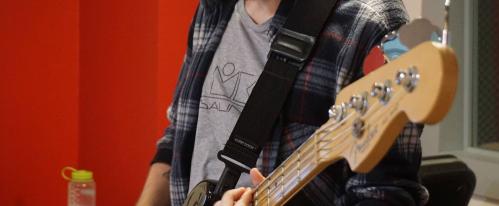We've teamed up with Leigh Fuge at MGR Music to show you 5 essential bass scales every bass player should know
Once you’ve started to get to grips with mapping out the bass fretboard, and you’ve got a working knowledge of some of the note locations, it’s time to sink your teeth into some easy bass scales. Learning bass scales will open a lot of doors when it comes to learning songs, embellishing basslines and generally just making sure you hit all the right notes for the key you are in.
All the examples here are in A Major or A Minor. They are all rooted from an A note on the Low E string. Everything in this lesson is transposable and can be put into different keys just by taking the shape and placing it on a new root note.
Watch our simple 5 Easy Bass Scales Video:
Here's the 5 Essential & Easy Bass Scales inc Blues Bass Scale, Major Pentatonic, Natural Minor PMT College Video, courtesy of Leigh Fuge.
Major Bass Scale

The Major Scale is the root of all scales and all theory. We can use this scale to work out everything else in this lesson. Once you’ve got the shape under your fingertips, I’d recommend learning the scale as intervals.
Intervals are a numbering system which applies a number to each specific letter of the scale. In the major scale, the intervals are:
Once you can think of each note as an intervallic number, it makes it easier to move them around for future scales.

Major Pentatonic Bass Scale

The Major Pentatonic scale looks similar to the major scale but with a few small changes. Firstly, it is just a 5 note scale. The scale name comes from "pent" which means 5 and "tonic" which is another way of saying root. Imagine this as "five notes to the root” or "five notes to the tonic".
Using the intervals of the major scale, the major pentatonic scale is:

The main thing you’ll notice here is that we’ve dropped the II interval and the VII interval. In this key that is B and G#. That leaves us with our 5 note pentatonic scale.
Natural Minor Bass Scale

When we shift into minor keys, the best place to start is learning the Natural Minor Scale. This is the opposite of the major scale. There are a few notes that have been moved here to make this minor. The intervals that make a natural minor scale are:

There have been 3 notes changed. The III, VI and VII notes have all been flattened. This gives us a bIII (Flat third), bVI (Flat sixth) and a bVII (Flat seventh) interval in the place of the original notes. Our C#, F# and G# notes are now C, F and G.
To flatten a note means to drop it a semi tone. To make this easier to play, the flattened notes have been moved to a different fretboard position to make them more intuitive to play without needing to do a large stretch between notes.
Minor Pentatonic Bass Scale

There is also a pentatonic scale within the minor key. It follows a similar principle of taking your standard minor scale and dropping two notes out.
However, the intervals for a minor pentatonic are slightly different:

To make a minor pentatonic scale, you drop the II and bVI intervals from a regular minor scale. The minor pentatonic is a commonly used scale in rock music.
Bass Blues Scale

The blues scale is just an alteration to a Minor Pentatonic. It is not a drastically different scale. It just brings one additional note in which is not in the key:

The D# that has been added is known as a bV (Flat fifth). This is known as the blues note. It is a slightly dissonant note that doesn’t sit well with the key when it is hung on for extended periods of time. It sits between the 4th and 5th intervals of the scale.
If you play this note and let it ring over the track, it will sound of of place. However, where this note is best used is prior to resolving a run of notes on the IV or V notes. This is typically seen in blues music where the guitar player may play a bV note, run into a V and resolve the progression back on the root chord.
Try This In Different Keys
Every scale in this lesson is a single octave scale rooted in the key of A or A Minor. You can simply put these into different keys by changing the position of the scale so that it starts from a new root note.
The guitar fretboard is mapped out in a way that the notes are always the same intervallic distance from each other. This is why we can easily transpose shapes like this. If I started all these scales from the 8th fret, they would they be in C.
The same is true if you root each shape from a note on the A string. The shapes remain the same, but the key of the scale changes.
About The Author:
This lesson was brought to you by MusicTeacher.com, written by experienced guitar teacher Leigh Fuge. Leigh works as part of a community of guitar teachers based across the UK. We are delighted to announce the launch of a Guitar Lessons Nottingham hub, working with a professional guitar teacher to provide beginner guitar lessons to students based across Nottingham. To find guitar teachers local to you, as well as online guitar lessons, simply visit the MusicTeacher.com platform.
If you enjoyed this article and video, don’t forget to check out PMTVUK on Youtube for more guitar lesson videos.

